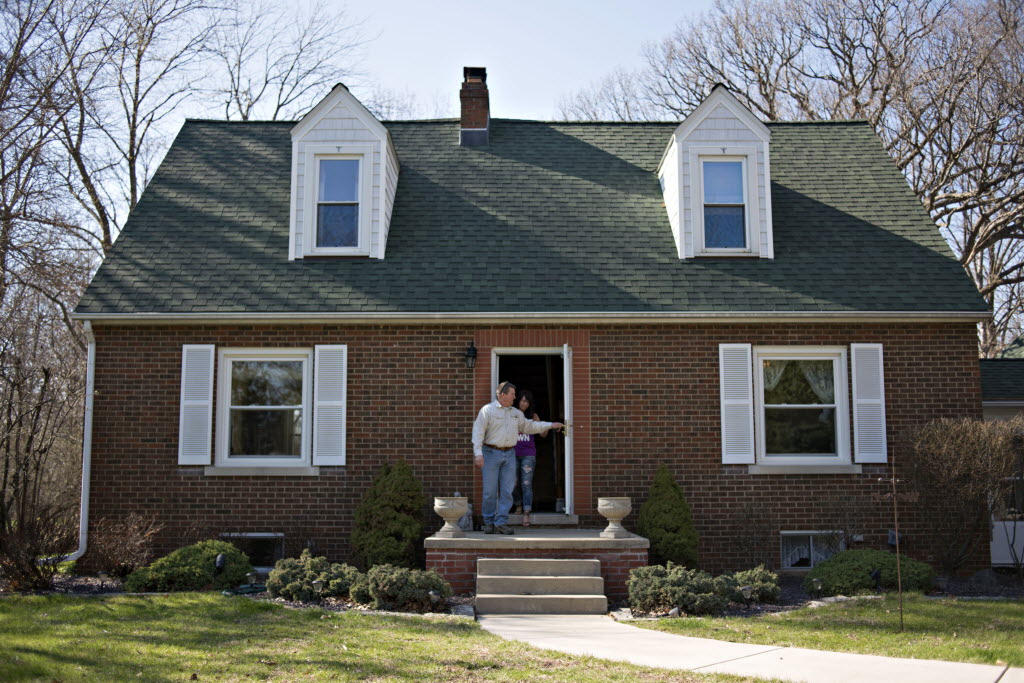The Inflation Truther Crank Index
Quirks in the model for measuring inflation lead critics of President Barack Obama to mistakenly think inflation is much higher than it really is.
Bloomberg, July 21, 2014
There is a group of folks who believe that inflation is much higher than the numbers in the official reports. Paul Krugman calls them “inflation truthers.”
In the 2000s, I might have been considered part of that crowd. I recognized that inflation data wasn’t being reported accurately, and said as much. I coined the phrase “inflation ex-inflation” to show the absurdity of reporting inflation data without food and energy prices, which were rising fast then. Owner’s equivalent rent, hedonic adjustments, substitution all were rightly criticized as flaws in the consumer price index model.
The key difference between the truthers of 2010s and those of the 2000s is what each group has criticized and toward what purpose.
The 2000s truthers were critics of the inflation mathematical model used by the U.S. Bureau of Labor Statistics (more on this later); the 2010s truthers are critics of President Barack Obama, and any economic gains under his watch therefore must be the result of inflation.
Today’s truthers include the site shadowstats.com, whose methodology was thoroughly debunked by John Aziz. Yet even conservative Ramesh Ponnuru, my colleague at Bloomberg View, has called those who believe that hyperinflation is running amok, “inflation cranks.”
Let’s put the inflation debate into some longer-term context. This will allow you to understand what the BLS gets right, and what it gets wrong — and why.
Last week, we discussed why all models are wrong, but some are useful. Let’s acknowledge that the BLS inflation model is neither precise nor accurate. That is the nature of trying to identify actual price changes in real time. However, it is useful, if you understand what it depicts.
Next, we should put the grand conspiracy theories away. You can pick up the phone and speak to any of the economists, statisticians and modelers at BLS. You will find they are sincere, helpful and transparent. Not at all what you expect from a grand global conspiracy.
There are key differences between prices this decade and last: Food and energy had tremendous price increases then; they have been more stable today. College costs rose through both decades; health-care costs rose rapidly in the 2000s but the pace in the 2010s has slowed.
There are two very big differences between the two decades, in part because of the weakening U.S. dollar. From 2001 to 2008, the value of the dollar plummeted 41 percent. Anything priced in dollars rose a lot. That especially affected foodstuffs and energy. During that period, crude oil rose from less than $20 a barrel to more than $140. Since the financial crisis, oil has been traded between $80 and about $110. Food prices have risen too, but at a slower rate.
But perhaps the biggest impact on the BLS inflation model is the wonky concept of owners equivalent rent, part of the CPI calculation regarding housing costs. The BLS model doesn’t look at what your house would sell for if put on the market; instead, it tries to calculate the monthly rental value of your home, as if it were just another part of your family’s monthly budget expenses. It was calculated indirectly from prices in the rental market.
Therein lay the problem.
From 1996 to 2006, home prices appreciated rapidly, especially after 2001. Credit was freely available to anyone who could fog a mirror via “low doc” or “no doc” loans. Millions of people otherwise known as “renters” became homeowners.
This led to a soft rental market — and a paradox that caused a big modeling error. Housing is about 30 percent of the CPI model. The more housing prices rose, the lower rental prices were. This had a depressing effect on the CPI data. Booming home prices led to an understatement of total inflation.
Owners equivalent rent has rightly been criticized for its role in understating inflation. (See e.g., How Housing Lowers CPI).
Today, owners equivalent rent is creating the opposite problem. Lack of credit has driven people into the rental market, driving up rents and overstating inflation — at least for those people who live in the home they own and don’t have to compete for housing in the rental market.
As Matt O’Brien notes about the CPI, it’s just math.
~~~
I originally published this at Bloomberg on July 21, 2014. All of my Bloomberg columns can be found here and here.



What's been said:
Discussions found on the web: